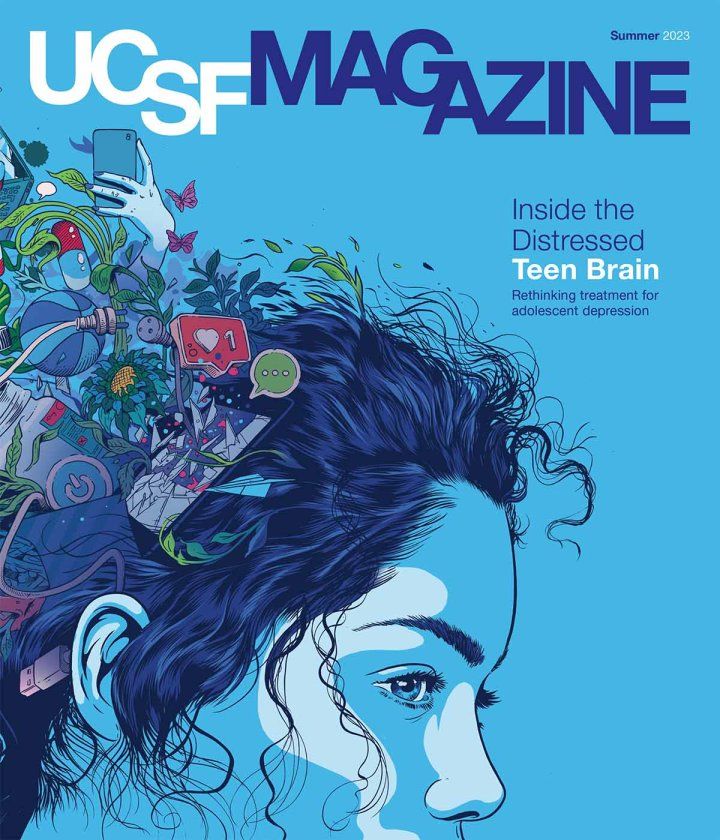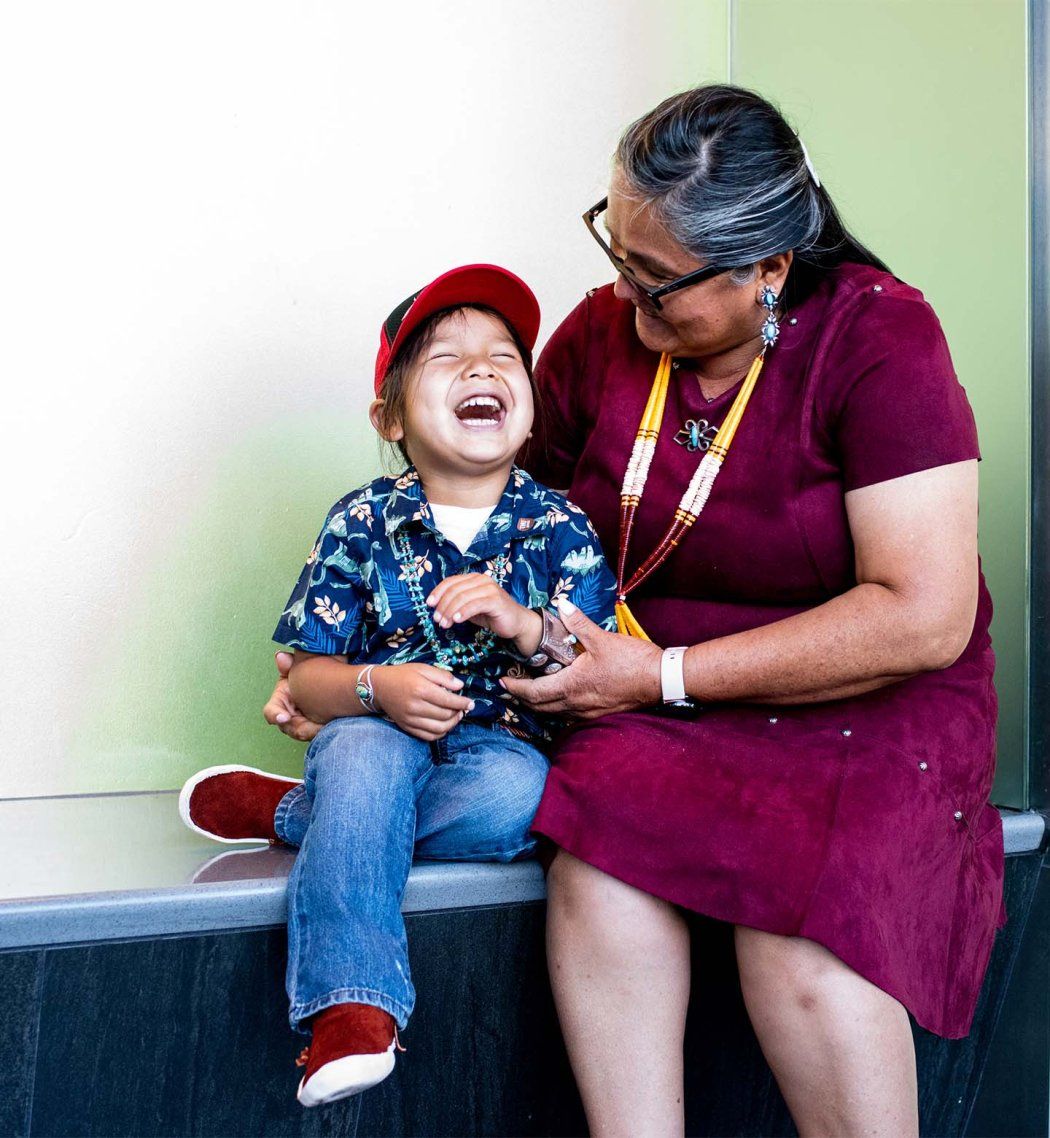When Hataalii Tiisyatonii “HT” Begay was born on April 7, 2018, his family members rejoiced in the hospital in Tuba City, Arizona, and on the remote Navajo Nation reservation where they lived. Within days, however, the family’s exuberance gave way to fear. HT was found to have Artemis-SCID – the most serious form of primary immunodeficiency, also known as “bubble boy” or “bubble baby” disease. Children with Artemis-SCID lack a functioning immune system and are highly susceptible to infections. Most die before their first birthday.
HT was eventually airlifted with his parents to UCSF to meet with pediatricians Mort Cowan, MD, and Jennifer Puck, MD, internationally known experts in SCID. The standard treatment for Artemis-SCID is a bone marrow transplant from a donor, ideally a matched sibling. “Artemis-SCID is one of the hardest genotypes of SCID to treat,” notes Cowan. “When you don’t have a matched sibling, it has only about a 50% survival rate, even with modern transplant technology.”
While at UCSF, the family learned that neither HT’s brother nor his parents were a match. But, as luck would have it, Cowan and Puck had just embarked on a clinical trial for a new kind of Artemis-SCID treatment – transplanting a child’s own gene-corrected stem cells, rather than a donor’s cells. The family chose to participate in the trial, and the procedure, in June 2018, went off without a hitch. HT became the first child in the world with Artemis-SCID to receive gene-correction therapy. “They agreed to be pioneers for this treatment,” says Cowan. “They really led the way.”
After a long recovery, HT is now back in Arizona living the life of a normal kid. He gets to pet horses, gather eggs, and help tend cattle and sheep – all unimaginable without treatment. His favorite toys are airplanes. “He wants to be a pilot when he grows up; he wants to fly from Arizona to San Francisco,” says his grandmother, Laverna Shorty, who cared for HT during much of his journey. “And he says he is going to take his grandma with him everywhere he goes.”



